Advertisement
Facts On Saint Patrick Day
Advertisement
Every March 17th, people across the U.S. come together to celebrate St. Patrick’s Day. Cities host parades, people dress in green, and many enjoy traditional foods and drinks to honor the occasion. There are plenty of traditions tied to this special day, but what is the real story behind it? Learn about the history of St. Patrick’s Day and why it has become such a celebrated event not just in the U.S., but worldwide.
St. Patrick Wasn’t Irish
Surprisingly, St. Patrick wasn’t Irish. Born in 385 CE, his real name was Maewyn Succat, and his exact birthplace remains a mystery. Some believe he was born in Italy, as his parents were thought to be Roman aristocrats. However, it’s more likely that he was born in England, Scotland, or Wales, areas controlled by the Roman Empire at that time.
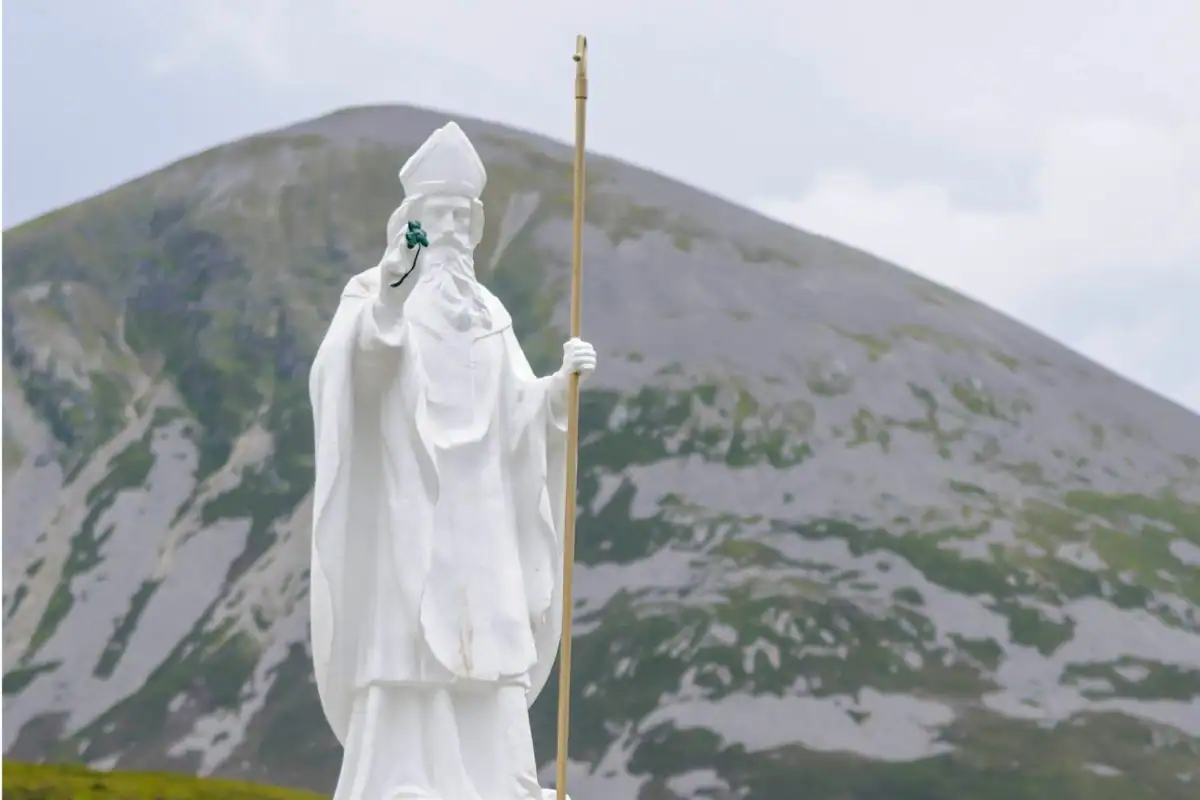
Advertisement
Kidnapped and Enslaved
At age 16, Patrick was kidnapped and taken to Gaelic Ireland, where he was enslaved as a shepherd for six years. During this time, he felt a strong spiritual calling that led him to escape and return home. Once back, Patrick devoted his life to the Church. About 30 years later, he returned to Ireland as a missionary to convert the pagan Irish to Christianity. It was then that he changed his name to Patricius, meaning “father figure” in Latin.
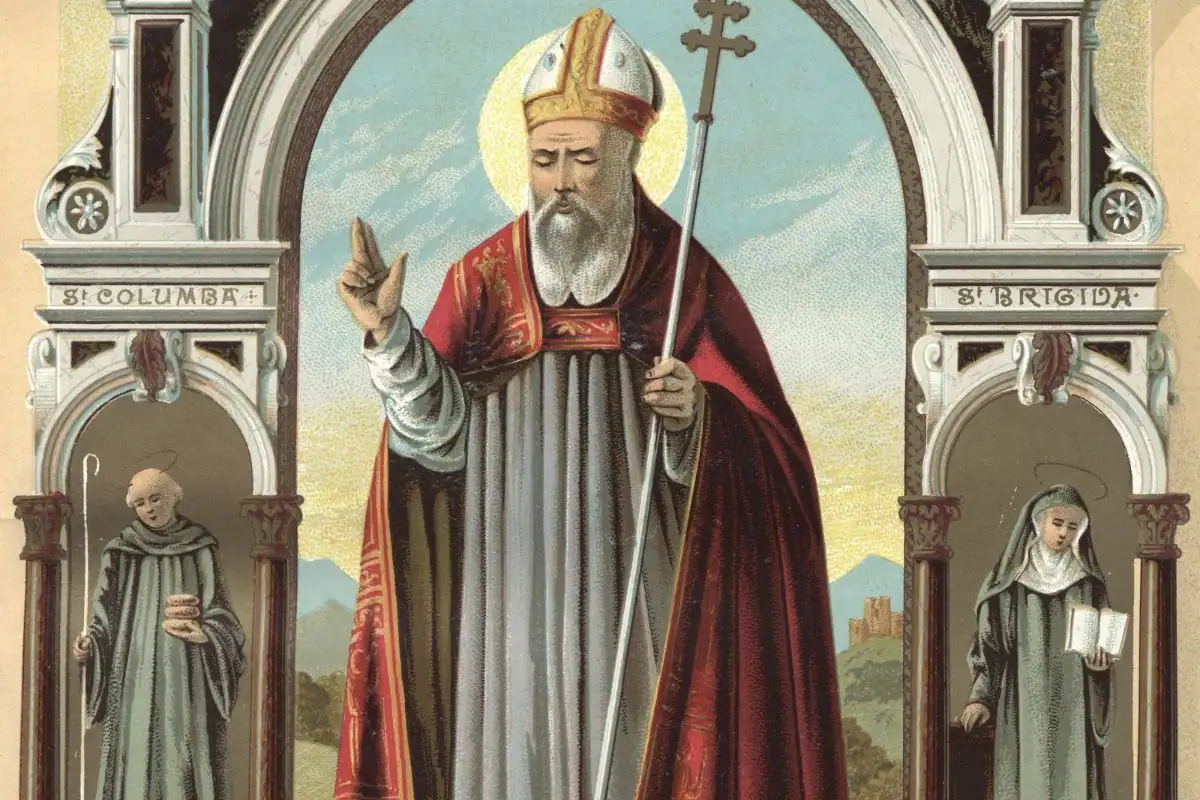
Advertisement
St. Patrick’s Shamrocks
The shamrock is an iconic symbol of St. Patrick’s Day, and for good reason. St. Patrick used the three-leaved plant as a metaphor for Christianity, representing the Holy Trinity: The Father, The Son, and The Holy Spirit. By the early 18th century, people began wearing shamrocks on March 17th to honor his feast day, which marks the date of his death. Originally a minor religious holiday in Ireland, the day gained popularity and evolved over time.
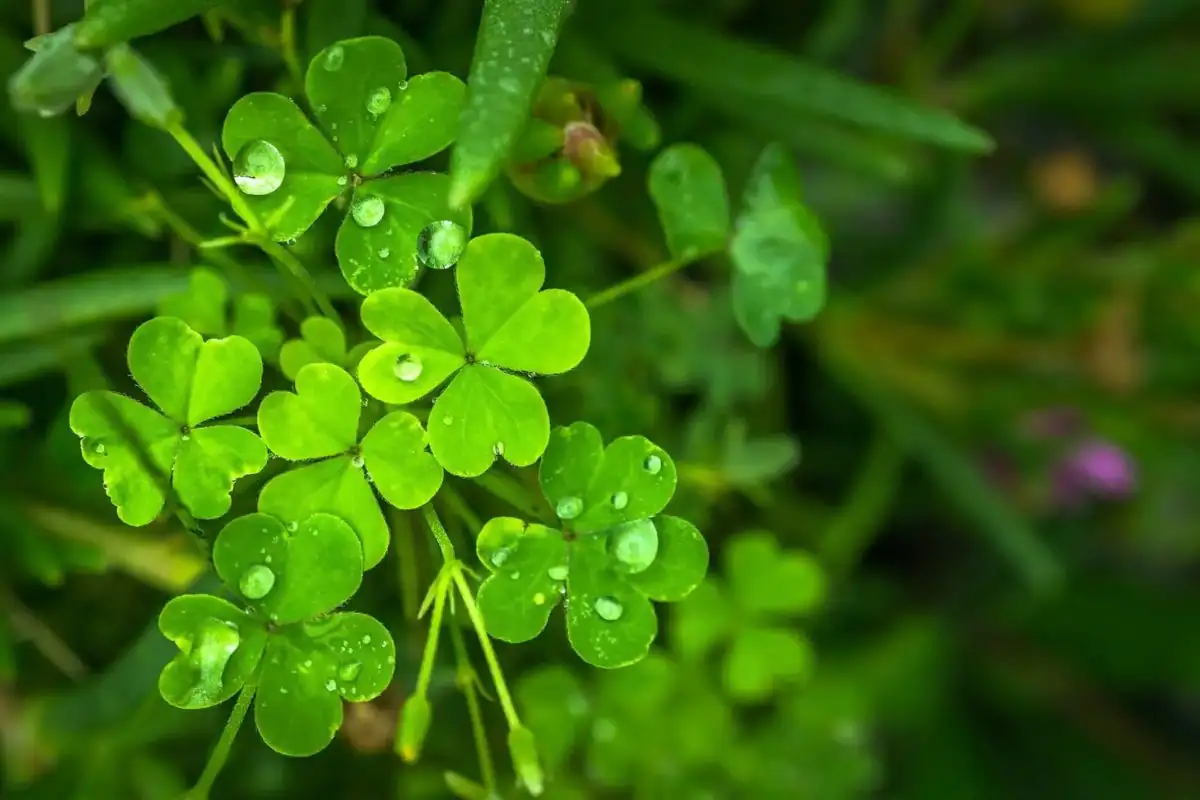
Advertisement
America’s First St. Patrick’s Day Parades
St. Patrick’s Day was celebrated in America as early as the 18th century, when Irish soldiers fighting for the British during the Revolutionary War held the first parade in New York City in 1762. This tradition caught on and became especially popular with Irish immigrant communities in cities like Boston, Philadelphia, and Chicago. By 1962, the city of Chicago had even dyed part of the Chicago River green, a practice that continues to this day.
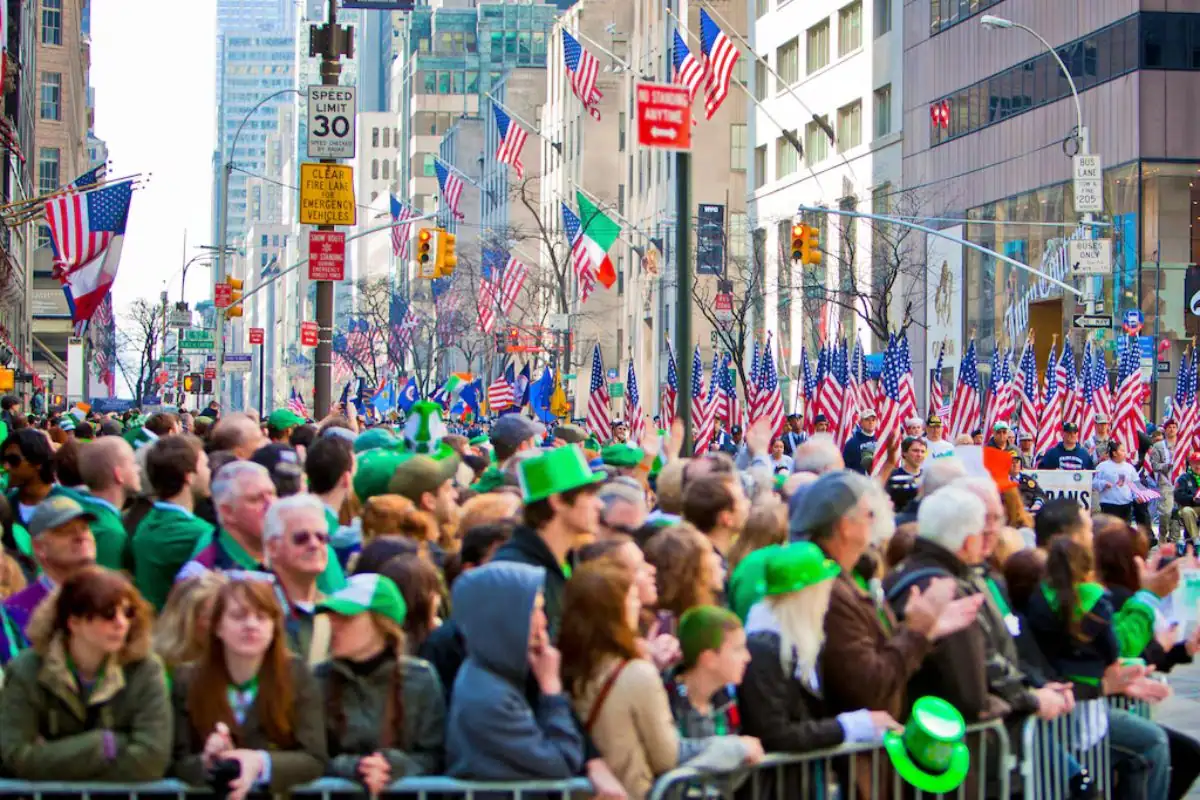
Advertisement
Why Green Is the Color of St. Patrick’s Day
Interestingly, the first color associated with St. Patrick was blue, a light shade that can still be seen on ancient Irish flags. Over time, however, green became the symbolic color of the day. There are a few reasons for this:
- The shamrock St. Patrick used is green.
- Ireland is famously known as the Emerald Isle, thanks to its lush, green landscape.
- Folklore says that wearing green makes you invisible to leprechauns, protecting you from being pinched by these mischievous fairies.
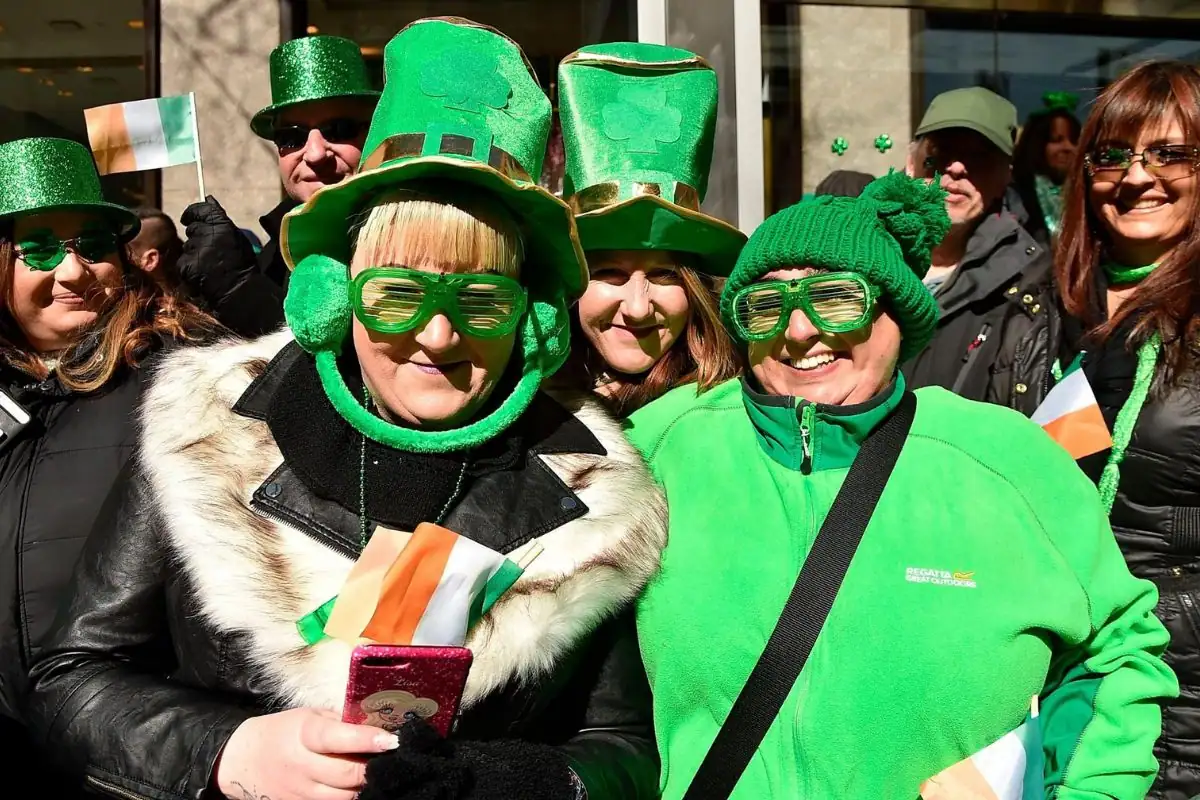
Advertisement
What About the Snakes?
One popular legend claims that St. Patrick banished all snakes from Ireland by driving them into the sea with his wooden staff while standing on Croagh Patrick hill. In reality, fossil records show that snakes never existed in Ireland due to the cold climate during the Ice Age. The story is likely a metaphor for St. Patrick’s efforts to rid Ireland of pagan practices as he spread Christianity.
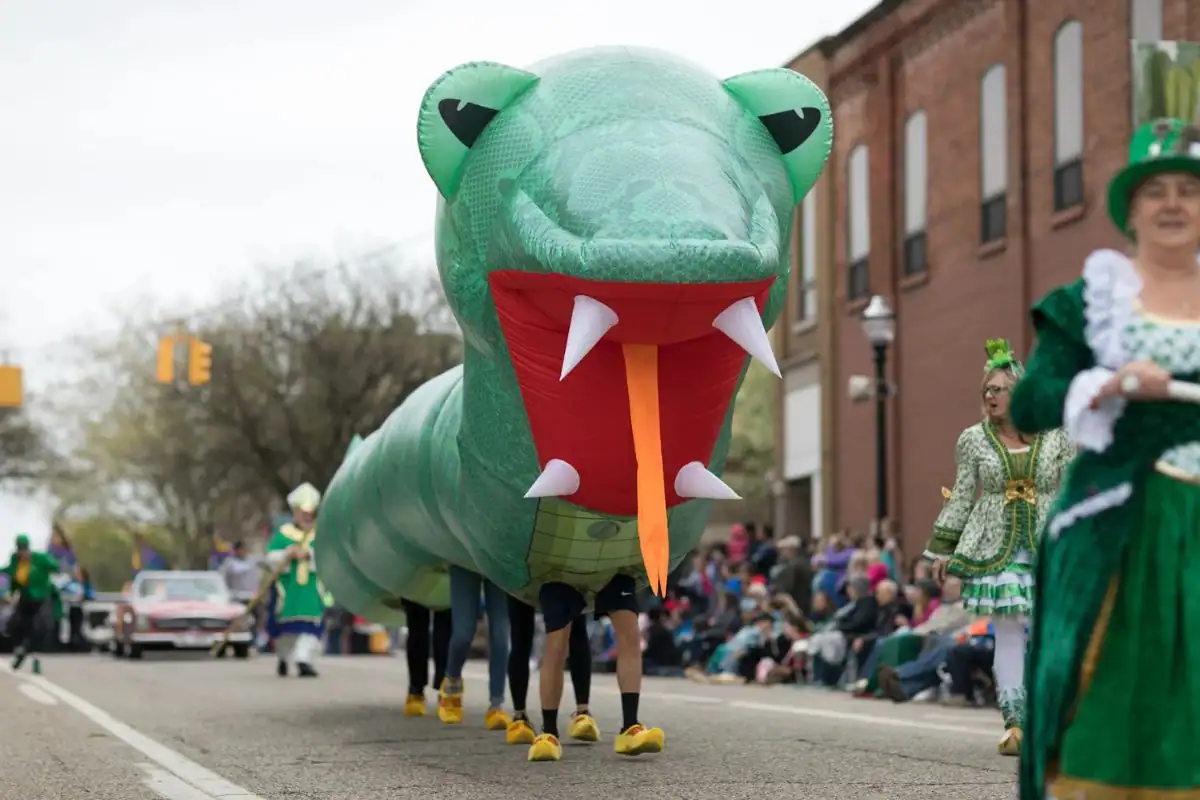
Advertisement
Traditional St. Patrick’s Day Meals
A typical St. Patrick’s Day meal includes corned beef and cabbage. While cabbage has been a staple in Ireland for a long time, corned beef didn’t become popular until the 19th century. Irish immigrants in New York City began using corned beef as a substitute for Irish bacon, and it became part of the traditional meal.
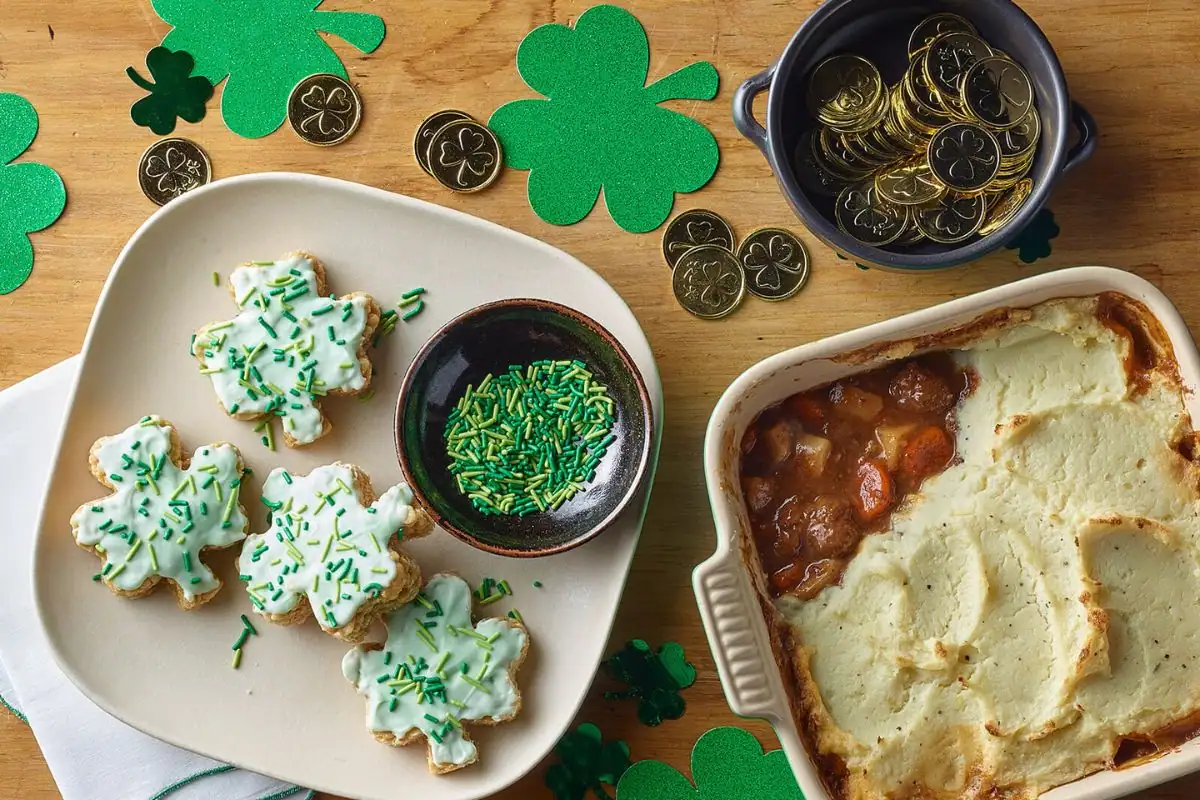
Advertisement
The Role of Music
Music is an essential part of Irish culture and history. The Celts passed down their stories, beliefs, and legends through song, even after the English took control and banned the use of the Irish language. Music became a way for the Irish to keep their heritage alive. Today, instruments like the uilleann pipes, fiddles, tin whistles, and bodhrán drums bring life to St. Patrick’s Day parades and celebrations around the world.
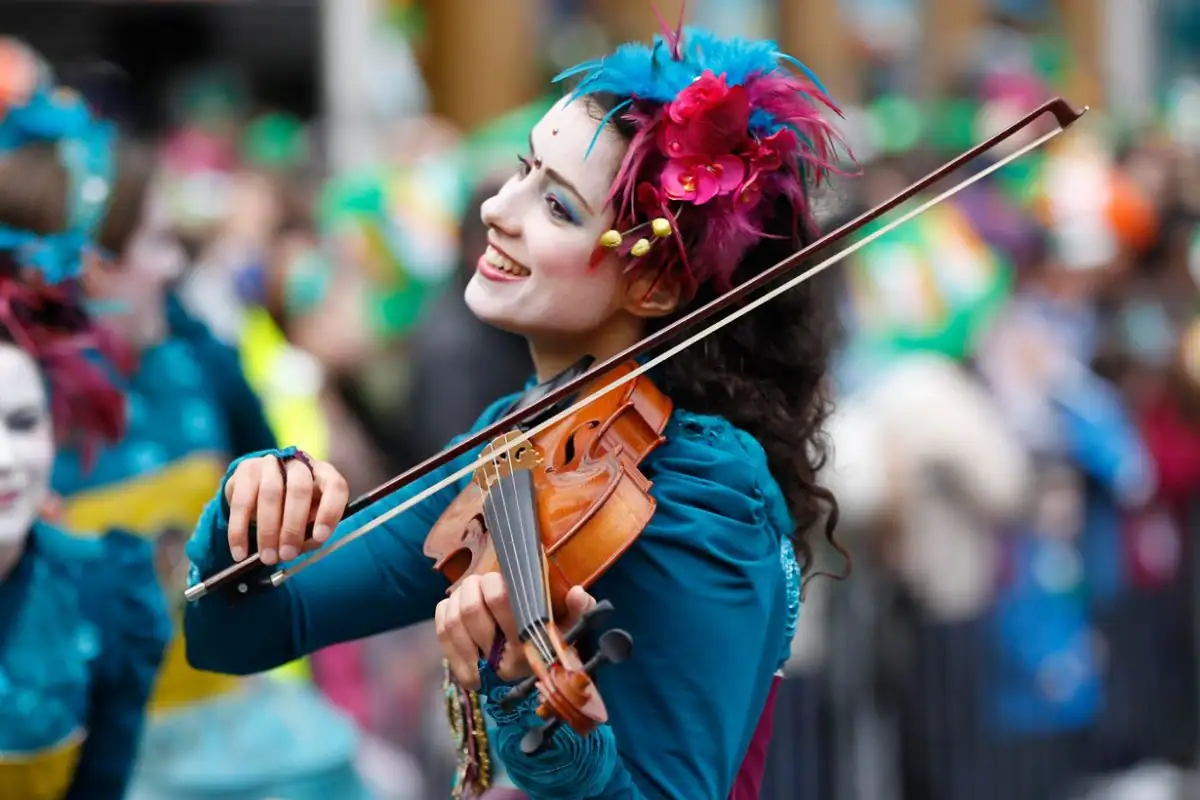
Advertisement
A Pint of Tradition
No St. Patrick’s Day would be complete without a pint of Guinness. This dark Irish beer has become a staple for the holiday, and its rich flavor has earned it an international following. On March 17th, around 13 million pints of Guinness are enjoyed worldwide. In the U.S., some bars even add green food coloring to their beer for a festive touch.
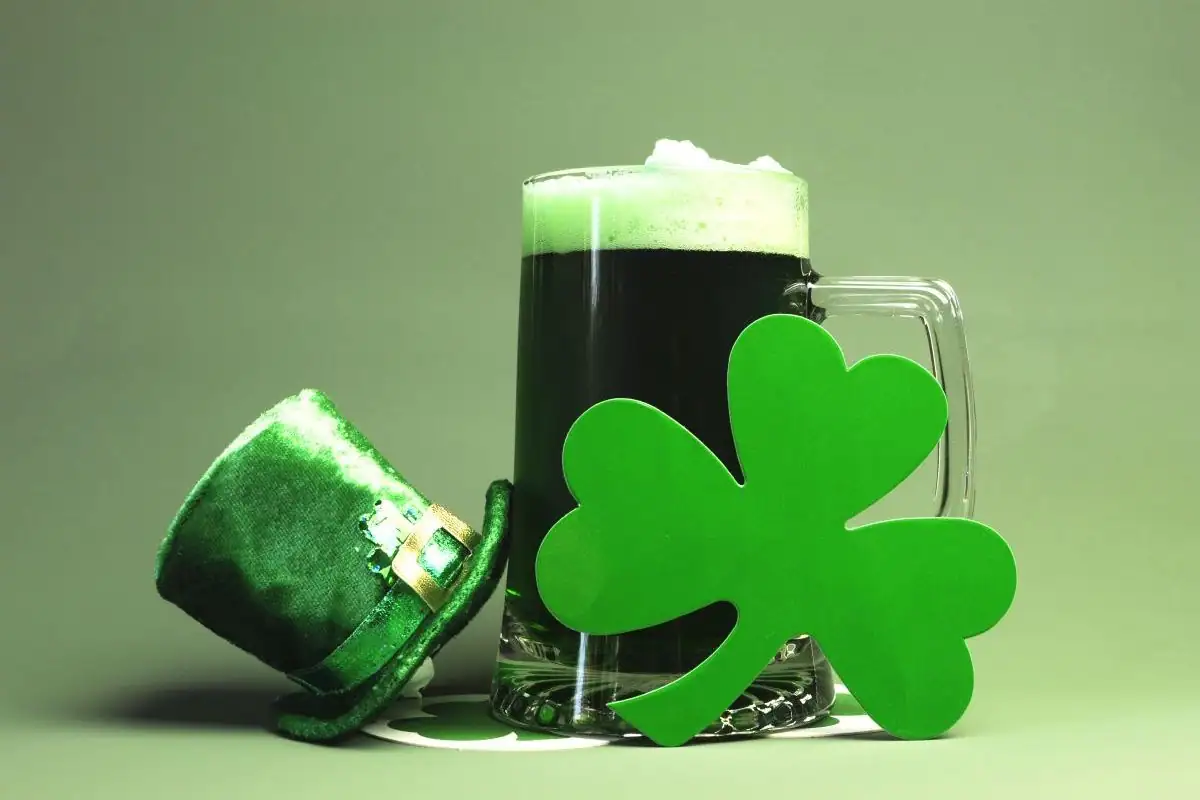
Advertisement
St. Paddy or St. Patty?
You might hear people refer to the holiday as St. Paddy’s Day or St. Patty’s Day. While both are used casually, “St. Paddy’s” is technically correct. In Ireland, “Paddy” is a common nickname for Patrick. On the other hand, “Patty” is short for Patricia, which doesn’t apply here. So, if you want to keep it authentic, go with St. Paddy’s Day.
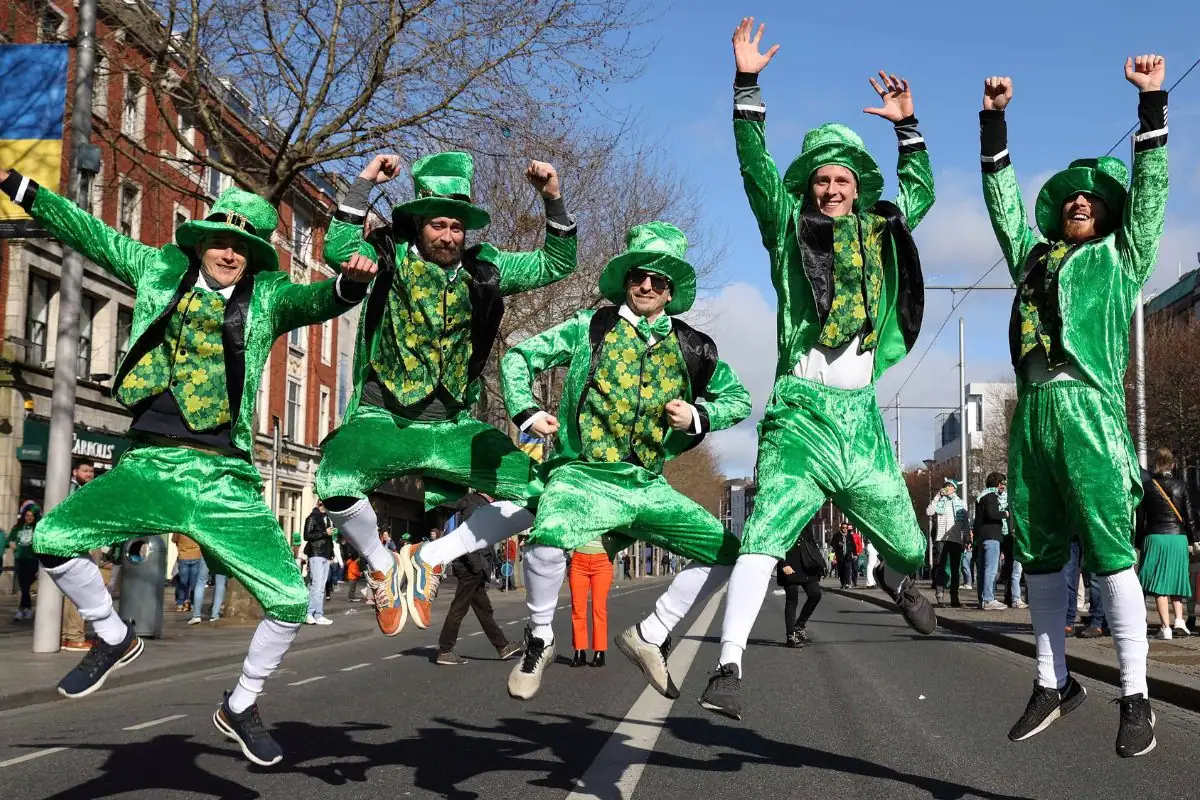
.png)




